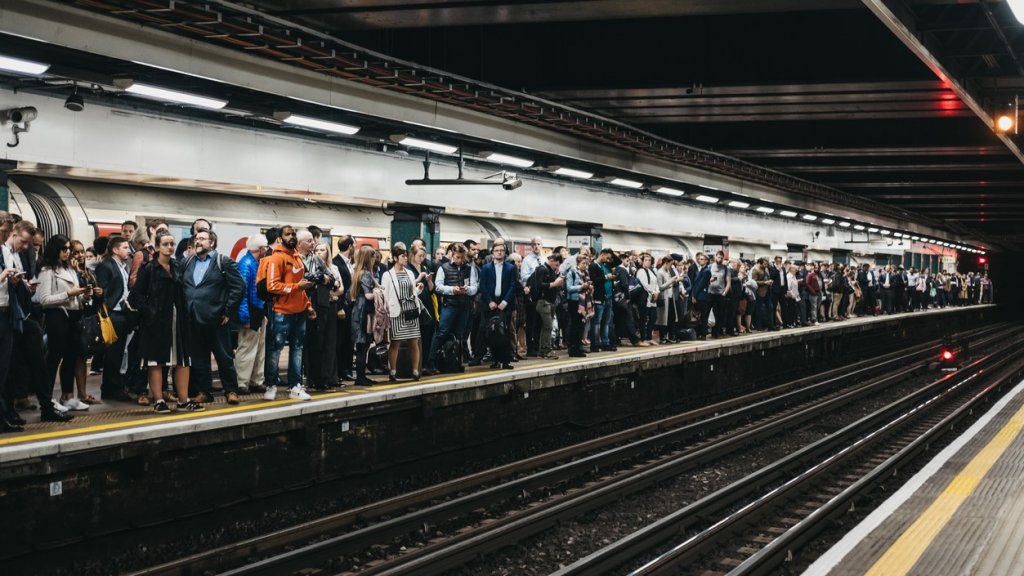Companies Experiment With New Strategies To Maintain Social Distancing At Work

Businesses want to get back to their regular operations as soon as possible. They don’t want to rely on the government for support or lose their talent. And they don’t want to get into cash flow issues.
The problem they face right now, though, is protecting workers when they do finally return to the office. The average company didn’t design its workspaces with social distancing in mind. Pandemic didn’t feature in workspace planning.
COVID-19 has changed the game entirely, and now practically every company has to put strategies in place to keep workers safe.
The government recently released guidelines to help businesses get people back to work. Strategies include things like regularly cleaning door knobs and elevator buttons, coaching colleagues on handwashing, and spreading desks out.
For a lot of companies, though, that sort of intervention isn’t practical. Furthermore, it requires everyone remembering to main social distancing at all times, which is a challenge.
Staying two metres away from everyone you know is not a natural behaviour at all. In fact, it is something that most workers will probably find challenging. There’s a demand, therefore, for systems that make it easier to keep track of where workers are, and how far they are away from other people.
Currently, several companies are working on COVID-19-related solutions. One firm, for instance, called Pathfindr, which usually works on internet-based technologies, has come up with a social distancing device.
The basic idea goes something like this: everyone in the office wears a beeper around their neck. When they come within two metres of somebody else wearing a buzzer, the alarm will go off, telling the pair to maintain social distancing.
The idea is to prevent people from coming within two meters of each other inadvertently. Interestingly, you can adjust the system, based on your safety priorities at work. If you want employees to stand more than two meters away from each other, you can set the devices to do this.
Offices are also experimenting with social distancing floor stickers, just like the retail sector. The idea here is to partition public spaces, like canteens, flexibly and cheaply. Companies can order stickers online, apply them to the floor, and then trust workers to observe them, a little bit like distance chevrons on the motorway.
Whatever happens, companies need to act fast. Some firms simply cannot operate a remote workforce. Their processes rely on capital-intensive operations.
Product design and development like this usually takes several months, if not years. But COVID-19 is a major crisis and companies are having to adapt fast. In many cases, there’s no time to wait. Offices could reopen as soon as June, and bosses need to demonstrate that they have strategies in place to keep workers safe.
The massive deluge of demand is going to benefit innovators in the emerging social distancing solutions sector. Demand will likely remain consistent and high for the following months, if not years. Whether it allows us all to get back to work, though, remains to be seen.




